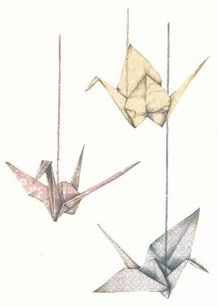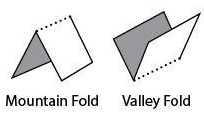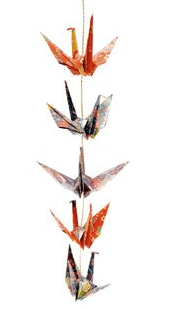As a college student, music is essential to everyday activities. It helps us get through the day, relax in between classes, serve as motivation to keep studying, and even help us exercise!
Here I present to all of you reader’s here, staff, students and guests, to the vastly different playlists that people must have! (If you’re a music lover like me). Some of the songs in the playlist are also recommended by staff here at the library!
It’s always great to discover new music genres and find new songs to be obsessed with, so hopefully these playlists bring something a little familiar, a little new, and can become a comfortable space for you to jam out.
There will be one playlist that has no lyrics and one playlist with! For those who can’t stand trying to focus when there is lyrics, don’t worry, I made a playlist just for you to fit the vibe, too.
These are just the names of the vibes for the playlist that I’ve created, but you are always, welcome to use them however else you’d like! Using the Rainy Days for a study playlist works just as well as using the Midnight Cram playlist for workouts.
We all have different taste in music so use these playlist however you’d like to if you like them.
I have also made the YouTube playlist alternatives for them as well.
Not every song will be the same since they couldn't be found but I put in alternatives that will still fit.

Let’s get started!
Studying in the Library
Of course, for a library blog, I’ve got to start off with the Library Playlist! If you need a little bit of a boost, when studying in the library or relaxing on any of the floors. Reading on the big sofa chairs, leaning back and drown in the book. Or, maybe even when studying with a friend in one of the study rooms, this is for you.
Late Night Studying
Cramming at the late nights makes it difficult to focus. Music can very well help with that, whether as background noise or to use to relax on a stressful night. There are songs for everyone — before you know it, you’ll have gone through all your course material and be ready to crush your exam.
Walking Along the Trail
Sometimes you need a nice long walk to de-stress and daze over the day. To maybe think about something or not think about anything at all. Especially now that it’s getting sunnier, I think this will be the perfect playlist for a nice relaxing hike, too!
In the Laboratory
This is for those who are in stem labs, either in bio or in chem. Sometimes you need a boost in energy when grinding in the lab work and to help you focus when going through the motions.
Lazy Afternoons
Don’t you just want to lounge around and lay back on a sofa or on your bed and relax in the afternoon? Maybe take a little nap? This is the playlist for when the afternoon sleepy’s hit and all you want to do is just be languid and rest the afternoon away.
Morning Time!
It can be a little hard to get up in the morning, some people need something a little more quiet and peaceful and some people need music blasting (that some is me). As someone who hates mornings, I made this playlist for the morning people.
It’s Been Rough
Times get rough, a lot of the time. Even if you’ve had mostly amazing days, sometimes there are days that are harder to get through than others. Hopefully this is the playlist to help ease yourself through the day and make it more pleasant to handle.
Working out
This is a library blog, why would I make a workout playlist? Well, why not? Everybody needs some exercise in some ways or another. I also know that people have different workout song playlists to get them in the zone of focus, so this may, or may not be for you.
Heading Home
For when you’re on the road, or on public transport heading to and from home. It’s a little travel playlist, relaxing with the music as you yearn to be back in a comfortable space.
Today is Rainy
Sometimes it rains. I know, raining is such an amazing phenomenon. I personally love the rain, I think it’s wonderful and calming. But I know that some people don’t like the rain so I tried to keep it rain neutral for the playlist here.
When Snow Falls
I know that it’s WAY past snow time, but you can use this for the next winter! Maybe. Or maybe you just want to manifest a nice cool winter breeze to prepare for the hot blazing summer that’s coming along.
—
Now that I’ve laid them all out for you. If you have any playlists or songs you want to share go ahead and make a comment and put it down below!
I always welcome more music suggestions and recommendations and it’s great to discover new songs to be obsessed with.
—
Playlist Recommendations from other UW blogs!













